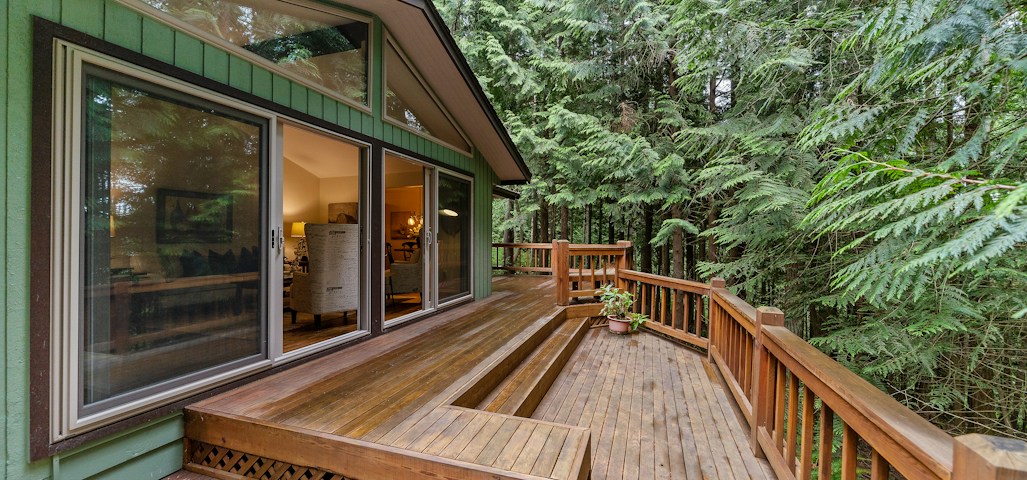Introduction
In an era where security concerns are paramount, home surveillance systems have undergone a remarkable evolution. What began as simple analog cameras has now transformed into sophisticated smart security solutions. As an audio-visual company specializing in home integration, we have witnessed this evolution firsthand. In this article, we delve into the journey of home surveillance systems, exploring their development from basic setups to cutting-edge technologies.
Analog Cameras: The Early Days of Home Surveillance
In the early days of home surveillance, analog cameras were the norm. These cameras relied on traditional recording methods, such as VHS tapes, to store footage. While revolutionary at the time, analog systems had limitations in terms of image quality and accessibility.
Limitations of Analog Systems
Analog surveillance systems have several drawbacks. The image quality was often poor, making it challenging to identify individuals or objects in the footage. Additionally, accessing recordings required physical retrieval of tapes, making them cumbersome and time-consuming.
The Rise of Digital Surveillance
With advancements in technology, digital surveillance systems began to gain popularity. Digital cameras offered higher resolution and clearer images compared to their analog counterparts. Furthermore, digital recordings could be stored on hard drives or cloud servers, enabling easier access and playback.
Benefits of Digital Systems
Digital surveillance systems revolutionized home security with their enhanced image quality and accessibility. Users could remotely monitor their properties through smartphones or computers, providing peace of mind and convenience.
Smart Security Solutions: The Future of Home Surveillance
Today, home surveillance has entered the era of smart security solutions. These systems incorporate artificial intelligence, facial recognition, and integrated sensors to provide proactive monitoring and alerts.
Features of Smart Security Systems
Smart security systems offer a range of features, including real-time alerts, customizable monitoring zones, and two-way audio communication. Some systems even integrate with other smart home devices, allowing for seamless automation and control.
Conclusion
From humble analog beginnings to cutting-edge smart solutions, the evolution of audio visual systems installation has been remarkable. As an audio-visual company committed to innovation, we embrace these advancements to provide our clients with state-of-the-art security solutions. Whether you’re looking to upgrade your existing system or invest in a new setup, the future of home surveillance promises enhanced protection and peace of mind.




